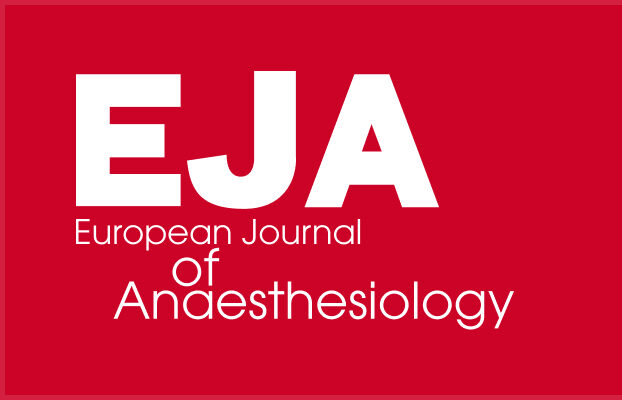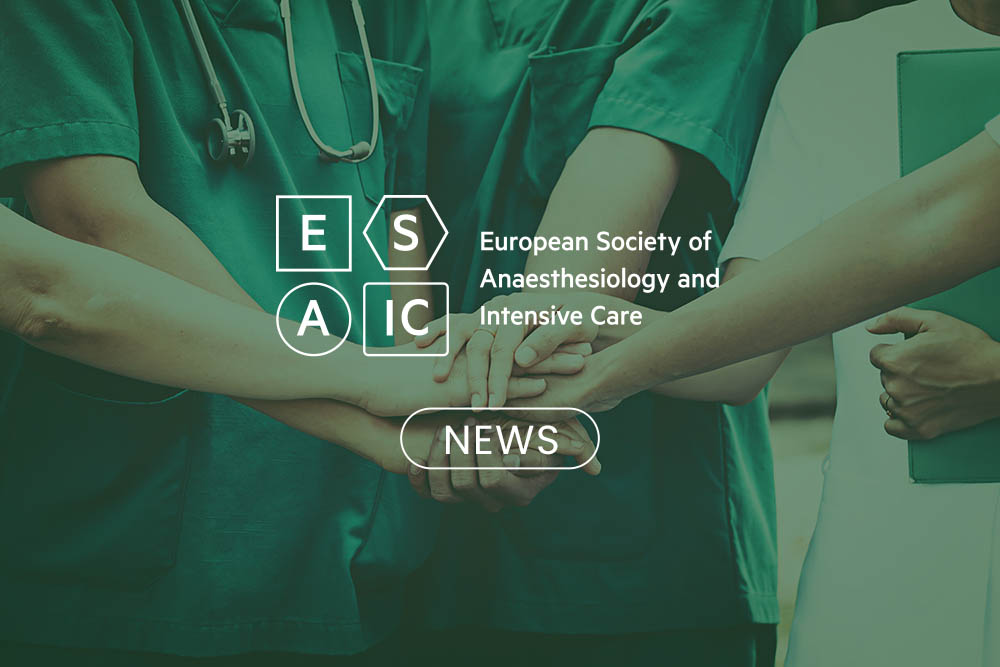Newsletter 2020
The obesity paradox-any news for us?
Gabriel M. Gurman, MD
Editor in Chief
Since I started practising anaesthesia, many years ago, I learned and was taught that a patient with obesity represented a real problem for the anaesthesiologist. I cannot forget my apprenticeship years, when I got into the habit of observing people on the street, wishing to myself that people with obesity would not become, one day, my patients, because of the complications their cases often bring
One of my distinguished mentors used to remind us that for every 10 Kgs of body overweight there is an increase of one litre in cardiac output and in respiratory minute-volume.
Later on, I used to include in my lectures morbid obesity on the list of serious problems encountered by the anaesthesiologist, in his/her daily practice. I almost obliged my residents to memorise the main technical difficulties raised by a patient with obesity or morbid obesity: difficulty in accessing a vein, problems related to tracheal intubation, to insertion of a spinal or epidural needle, or the performance of a nerve block.
To those specific aspects related to morbid obesity and anaesthesia, one can add the multitude of diseases in which obesity plays an important role: type 2-diabetes, hypertension, cardiovascular diseases, dyslipidemia, fatty liver disease, chronic kidney disease, obstructive sleep apnoea or hypoventilation syndrome.

Finally, as Springer et al wrote (1): obesity is another predictor for perioperative complications.
Years ago I wrote a chapter in a collective book (2), in which I emphasized the importance of assuring a proper depth of general anaesthesia in patients with obesity, in order to avoid (or minimise) the need for high doses of opiates in the immediate postoperative period.
The World Health Organization defined obesity in a very simple way: an excess of abnormal fat accumulation which increases risks to health.
There are things which every single anaesthesiologist is supposed to know and apply when taking care of a patient with obesity.
So, why to come back to these already known and demonstrated facts?
The explanation is simple.
Recently, a new phrase has come into common use in the literature.
As Schetz et al (3) put it: “obesity increases the risk of obesity-related diseases, but paradoxically is associated with increased survival in patients with these diagnoses. This phenomenon is called the obesity paradox”.
They and others (4-6) tried to give an explanation to the fact that, at least apparently, in some cases, a surgical patient with obesity might have a better prognosis than a normal or underweight one.
Here they are:
*patients with obesity usually receive a lower weight-based dosage of fluids and vasopressors, minimising their possible undesirable effects;
*BMI (body mass index) as an index of obesity is criticised, because in some individuals the high BMI could be related to an increased muscle mass, and not to fat deposits;
*in some overweight patients the subcutaneous fat distribution is more advantageous since is not associated with metabolic complications (the so-called “metabolically healthy obesity”);
*moderate obesity can have a protective effect, because of the absence of illness-induced malnutrition, with fat acting as a source of energy during high catabolic stress;
*finally, the immunomodulatory substances secreted by fat cells might attenuate the inflammatory response and improve survival during severe illness.
As a result, research has been done in order to challenge the classical knowledge about the negative effects of obesity on health.
For instance, in Freckelton et al (7) study, 699 patients with obesity who passed one of four surgical procedures (appendectomy, hip replacement, lap- cholecystectomy or lap- hysteroscopy) have been followed up in the postop period. The results showed that BMI was not associated with the increased use of hospital resources.
Pouwels et al (8) stated that “when acute cardiovascular decompensation occurs in myocardial infarction or congestive heart failure, patients with obesity may have a survival benefit”. They tried to offer an explanation to this paradox: BMI is not enough to explain obesity, since some other factors are to be taken into consideration: patient’s age, duration of obesity, etc.
A similar study(9), this time in intensive care units (ICU), studied almost 90,000 patients, divided into four categories: normal weight, overweight, obese and morbidly obese. The results showed that ICU mortality was lower in patients with morbid obesity patients than in the category with a normal BMI. Also, the in-hospital mortality was lower in the morbidly obese group and the overweight group than in the group of those with a normal BMI.
On the other hand, some recent publications, such as that of Pirrone (10) went back to the so-called classical knowledge about the obesity danger. Their study found out that some important ventilation methods, such as moderate PEEP and alveolar recruitment, are inadequate for optimal mechanical ventilation of patients with morbid obesity.
Other publications re-emphasize the fact that the patient with morbid obesity develops more complications than those patients with a normal BMI. Schetz (3) described atrial fibrillation and pulmonary hypertension as frequent complications in the patient with obesity, and Lu (11) named the renal involvement “obese-related nephropathy”, specifying that the loss of kidney function in obese patients was consistent and more prominent with advancing age.
So, how can we conclude this topic?
First of all, let the numbers speak for us (12): the adiposity-based chronic disease is the greatest non-infectious epidemic of the 21st century. In the USA more than 1 in 3 adults have obesity.
From 1980 to 2013, the proportion of overweight adults has increased 28% in developed countries and nearly 60% in developing countries, with no country reporting a decrease in prevalence during the same period (13).
Morbid obesity is a real challenge for the anaesthesiologist. It is accompanied by serious complications, affecting vital organs and poses serious technical problems in the perioperative period.
The number of patients with morbid obesity reaching the operating rooms and/or the ICUs is continuously rising. It would be enough just to mention the fact that only in the year 2018 some 400,000 surgical weight-loss procedures worldwide have been recorded by the International Federation for the Surgery of Obesity (14).
In spite of the recent publications which tried to present mild obesity as an advantage, even for the surgical patient, it is our task to keep the necessary vigilance regarding the technical, pharmacological and logistical problems raised by the existence of this pathological aspect of some of our patients.
I would like to end this paper with the conclusions included in Schetz’s article (3):
“although moderate obesity may paradoxically decrease mortality in ICU patients, increased adipose tissue has an impact on several organ systems, increases morbidity and requires an adapted ICU management”. To which one easily would add: the same warning could be applied to the patient with obesity in the operating room.
References
- Springer B et al. Arch Ortop Trauma surg 2019;139:461
- Gurman GM. Cortical electrical activity monitoring. In: Morbid obesity. Peri-operative management. Editor: A.O. Alvarez. Campbidge University Press, 2004, pp 261
- Schetz M et al. Intens Care Med 2019;45:757
- Marques MB, Langouche L. Crit Care Med 2013;41:317
- Alipoor E et al. Biomed Pharamcother 2018;108:1739
- Fantuzzi G. J Allergy Clin Immunol 2005;115:911
- Freckelton L et al. ANZ J Surg 2019;doi:10.1111/ans. 15085
- Pouwels S et al. Obesity Surgery 2019; doi.org/10.1007/s11695-019-03952-y
- Sakr Y et al. Crit Care Med 2015;43:2623
- Pirrone M et al. Crit Care Med 2016;44:300
- Lu JL et al. Lancet Diabetes Endocrinol 2015;3:704
- Rosen CJ, Ingelfinger JR. New Engl J Med 2020;383:777
- Ng M, et al. Lancet. 2014; 384:766–781
- Welbourn R et al. Obes Surg 2019;29:782
More Newsletter Articles
Visit our Euroanaesthesia 2020 Website for more news on everything related to the virtual congress.
Visit our COVID-19 Resource Hub for other news and resources.









